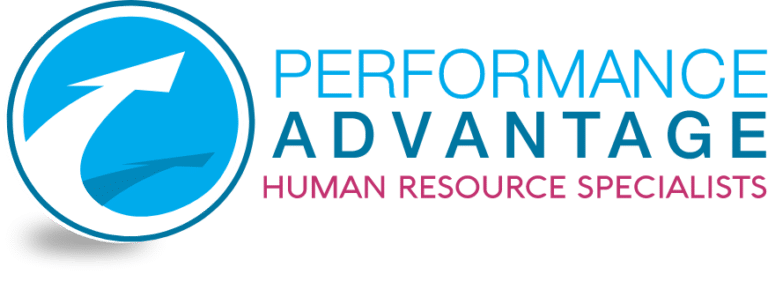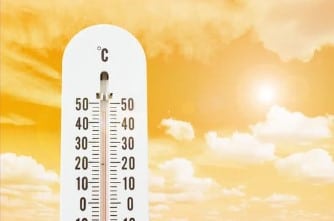It is now the time of year in Australia where many people are reminded just how quickly the heat can return after the relatively stable and temperate client of late-2022.
While the summer time is often seen as a great time to see family and find time for a holiday, the hot weather can bring some unforeseen consequences to businesses everywhere that need to be dealt with appropriately.
How a business will be impacted by the high temperatures will depend on its relevant industry, location and size. This will also determine what steps that business will need to take to address these issues.
The risks – why are high temperatures a problem?
It is normal to encounter the odd day with higher than usual temperatures. However, sustained high temperatures over several days will begin to affect workers due to: Warmer nights contributing to reduced sleep quality Higher temperatures earlier in the day and lasting longer Fatigue affecting workers’ ability to perform work safely and effectively
The effect of this will not be limited to construction or other work sites (although trades businesses should pay very careful attention to the heat) as the sustained higher temperatures over multiple days will affect everybody once they are at home, as well as at work.
Employees of any business perform their best when they are well rested and the heat is likely to interfere with this. This will, in turn, cause potential problems such as a slight but overall decrease in the quality of work from all employees and increased sick leave.
There many illnesses caused directly by the heat, and by extension, potentially by employees working in excessive heat. This includes (but is not limited to): Heat exhaustion Heat cramps Dehydration Fainting; and Heat stroke
Those most at risk include younger (under 25) and older (55 and over) workers, pregnant women, employees with pre-existing conditions and employees generally not used to such weather.
Risk management – How can employers respond?
Under the relevant legislation, there is not a single ‘stop work’ temperature that applies to all situations. This is because each workplace will have different humidity levels, air flow, physical intensity and duration of tasks and employee fitness levels.
Instead, employers are expected to identify then either eliminate, or minimise as much as is reasonable, any risk associated with working in higher temperatures. This is one of the times the high temperatures will potentially become an OH&S concern and could attract the attention of the relevant workplace safety regulator in your state if not addressed appropriately.
Despite this, employers can introduce controls to reduce any potential heat-related risk, including: Scheduling more physical work for cooler parts of the day Minimising physical effort requirements of other work wherever possible Performing work in safer locations Providing employees with cool water, air-conditioning (if possible) or access to shade Allowing employees to self-pace their work if working during a heatwave is necessary.
How this can be managed depends on the business. For example, an accounting firm could expect to continue business as usual so long the office has adequate ventilation, air-conditioning and access to cool water for staff.
On the other hand, trades businesses are much more likely to be affected and will need to plan ahead to take these risks into account. This will not be as simple as asking every employee what level of heat they believe they can handle, as many could either be wrong or say they are fine to out of fear of reprisals from their employer, even if this is just a perceived risk.
If elimination of heat-associated risks is not possible, consider substitution, isolation and engineering controls. For example: substitute the hazard for something safer. For example, swap physical work for work with machines. isolate the risk from workers: separate workers from hot machinery, and engineering controls. For example, setting up shade tents outdoors and using air conditioners indoors.
Next steps – Not sure where to start?
The heat is simply a part of doing business in Australia during the early parts of the year, so it is important to put the appropriate measures in place ahead of time.
We have a number of off-the-shelf policies available for purchase for your business, as well as consultation and advice from us. For further information, please contact me at suzanne@performanceadvantage.com.au
Suzanne Diprose, Director
Suzanne@performanceadvantage.com.au
0408 897 079





